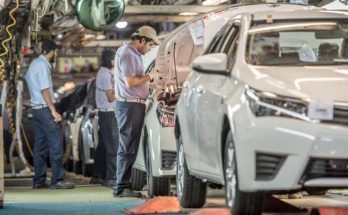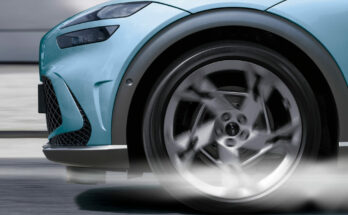In today’s fast-paced world, the automotive industry stands at the forefront of technological innovation. One crucial aspect that has fueled its growth and evolution is technology transfer. This process involves the exchange of knowledge, expertise, and technology between different entities within or outside the industry.
From suppliers to manufacturers and from academia to the automotive giants, technology transfer has played a pivotal role in shaping the automotive landscape. In addition to benefiting already established industry players, technology transfer also helps new players by giving them access to outmoded tools & jigs as a base from which to create their own vehicles.
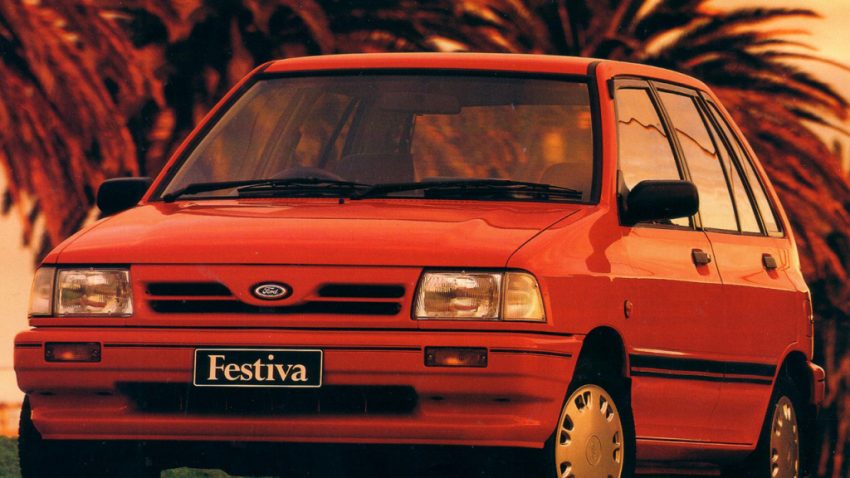
Examples of companies like South Korean Kia, which used Mazda and Ford tech to build its own cars in the 1980s, Proton of Malaysia which started off with Mitsubishi tech in the 80s, and most recently VinFast of Vietnam which used outgone BMW platforms to start building its own cars.

The tools and jigs, that are used in the manufacturing process, can be expensive to develop from scratch, and acquiring them through technology transfer can significantly expedite and economize the production of new vehicles. Here’s how technology transfer aids in this process:
- Cost Savings: Developing tools and jigs for manufacturing is a costly endeavor. By acquiring these tools through technology transfer, new automakers save a substantial amount of money. They don’t have to invest in designing, prototyping, and testing these tools themselves, which can be a significant financial burden for a startup.
- Time Efficiency: The design and development of tools and jigs can be time-consuming. New automakers often have tight timelines to enter the market and establish themselves. Technology transfer allows them to access these tools immediately, speeding up the production process and reducing time-to-market.
- Quality Assurance: Tools and jigs developed for existing, successful models are likely to be of high quality and precision. When acquired through technology transfer, new automakers can benefit from proven and reliable manufacturing equipment, ensuring consistent product quality from the start.
- Production Scalability: It can be extremely helpful to have access to existing tools and jigs as new automakers start to scale their production. It allows them to increase production volumes without the need for significant additional investments in manufacturing equipment.
- Legacy Support: Sometimes, older models with discontinued production lines may still have market demand, especially in regions with specific preferences or cost considerations. Acquiring the tools and jigs from outgone models allows new automakers to cater to these markets and customer segments without the need for extensive capital investment.
- Focus on Innovation: By acquiring pre-existing tools and jigs, new automakers can free up resources and focus their efforts and investments on areas where they can differentiate themselves and innovate, such as vehicle design, technology integration, and sustainability features.
- Environmental Considerations: Reusing tools and jigs from older models aligns with sustainability goals. It reduces the need for new manufacturing equipment, conserving resources and minimizing the environmental impact associated with tool production.
- Flexibility and Adaptability: Acquiring existing tools and jigs provides new automakers with flexibility. They can adapt and modify these tools to suit their specific needs and production processes, tailoring them to their unique requirements.
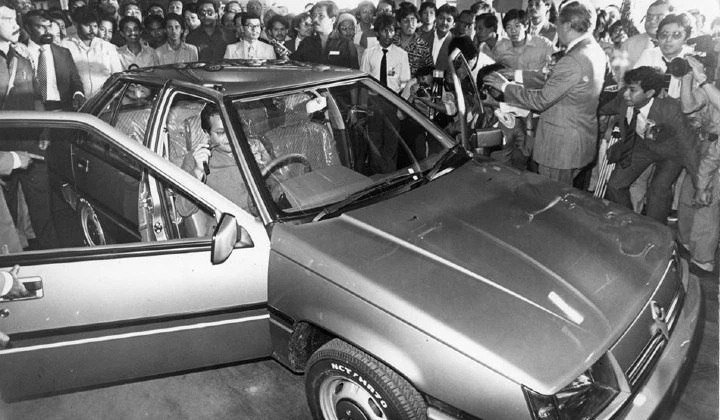
In conclusion, technology transfer offers new automakers a valuable opportunity to gain access to discarded tools and jigs from outgone models. This not only translates into cost savings and time efficiency but also ensures product quality, scalability, and environmental sustainability. By leveraging existing manufacturing equipment, new automakers can focus on innovation, enter the market faster, and establish a competitive edge in the automotive industry.
No Example of ‘Technology Transfer’ Exists in Pakistan
Despite written promises, the technology transfer for 4-wheelers has never taken place in Pakistan. To an extent, however, manufacturers of 2-wheelers have acquired the technology (from Chinese) to produce 70cc (Honda replica) motorbikes. It was evident that Honda which was an unchallenged market leader & never innovated its products was affected severely when newcomers started offering features such as a digital speedometer with gear change indications, self-start, fancy visors, sports look, and louder mufflers, etc. in the rather ordinary 70cc motorbikes, that too in a much lesser price compared to Honda. All these innovations were possible because of technology transfer, allowing 2-wheel manufacturers to focus their efforts and investments on areas where they can differentiate themselves and innovate.
Related: From the Forgotten Pages of History
One would expect the local automakers (at least what they call themselves) to step up and acquire outgone platforms from their principals to develop cars on their own. For example, tools of the 10th gen Corolla could have been acquired by IMC to produce the model locally, a similar example was found in China when the Corolla Classic was sold parallel to the latest model & was priced below the new variant. The same would have been considered for the 5th gen City.
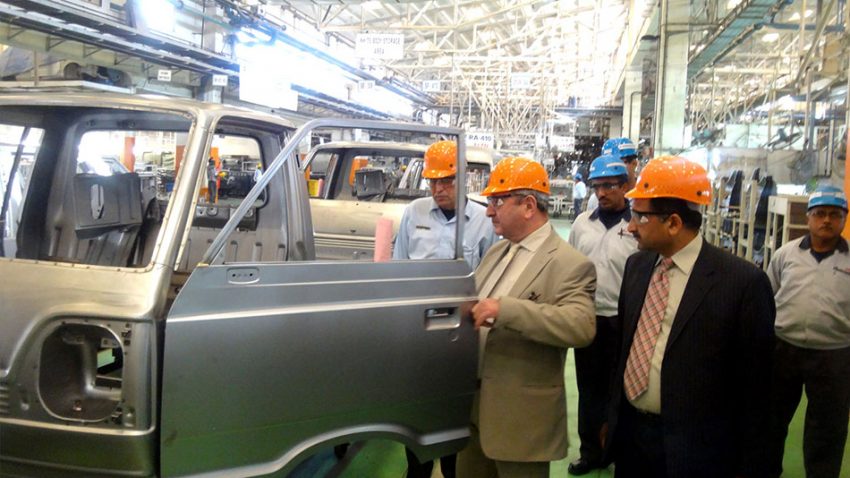
Government support will undoubtedly make this possible, and it will be more advantageous if they work to make this happen for smaller and fuel-efficient models. Technology transfer is not just a strategic move; it’s a vital catalyst for growth and evolution in the automotive sector. With more than 30 years of fruitless “assembling”, will we finally decide to work towards gaining real technology transfer?

I don’t eat, sleep or dream of cars, I am just someone who loves to see, think & write about cars. I love Ferrari in Pink but they won’t make one for me. I use X to write my full name, but that doesn’t mean I’m inspired by Altis X, in fact, my dad hates it 😀 Btw I’m an occasional writer so don’t expect too much from me 🙂


